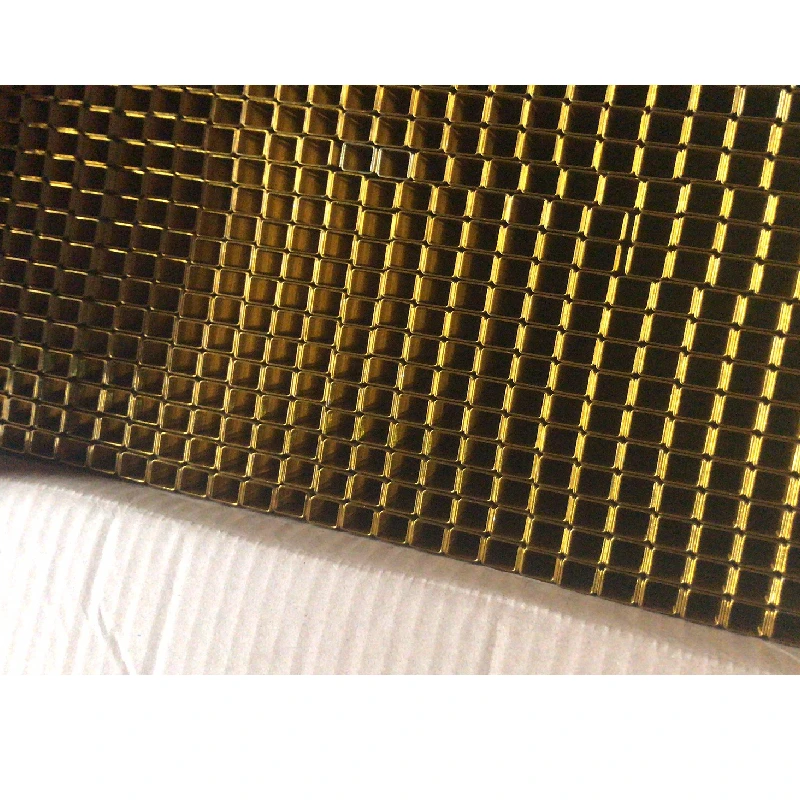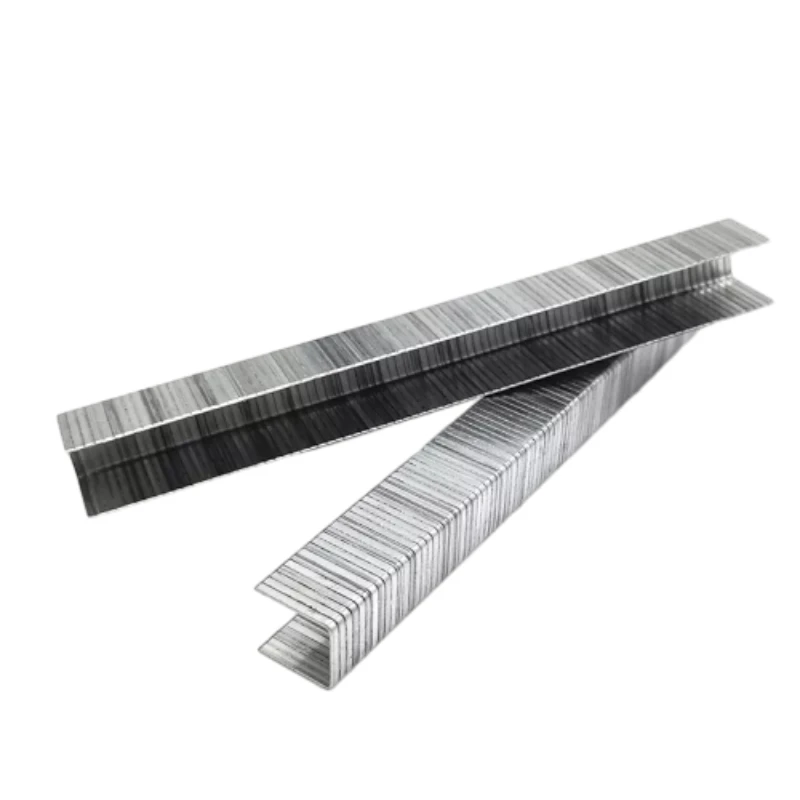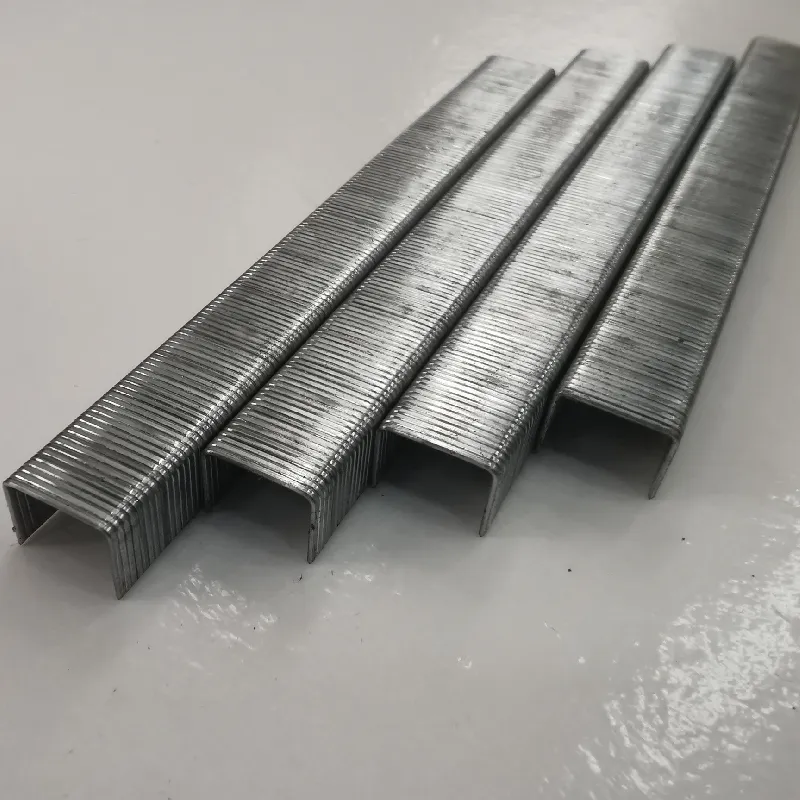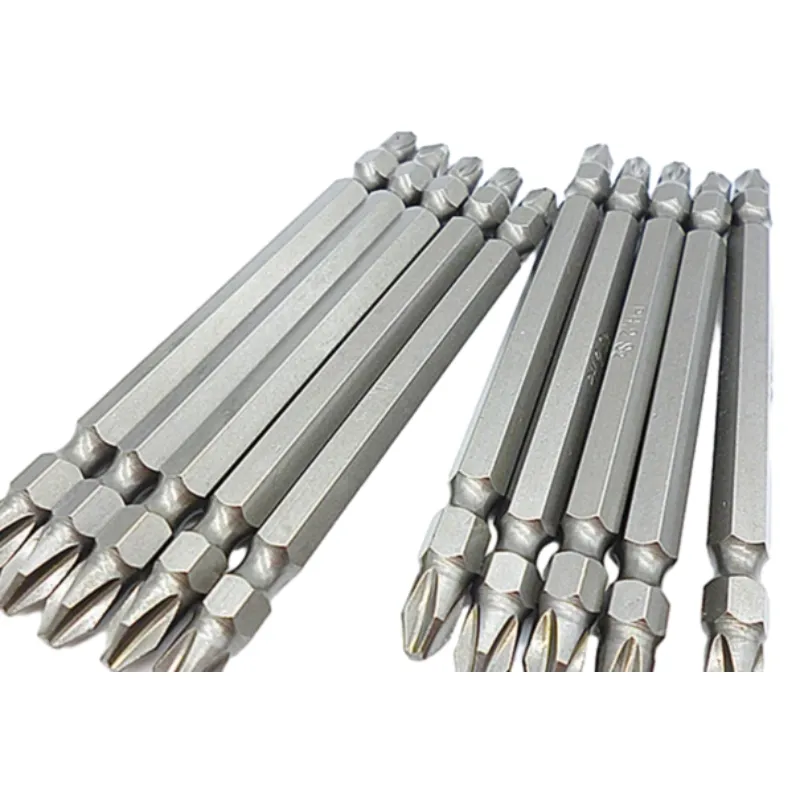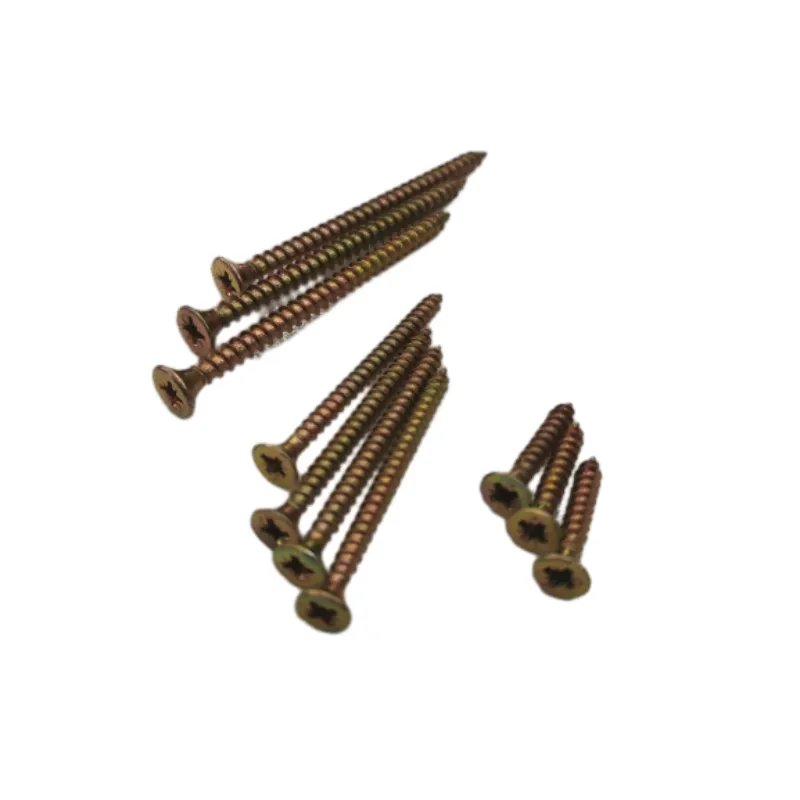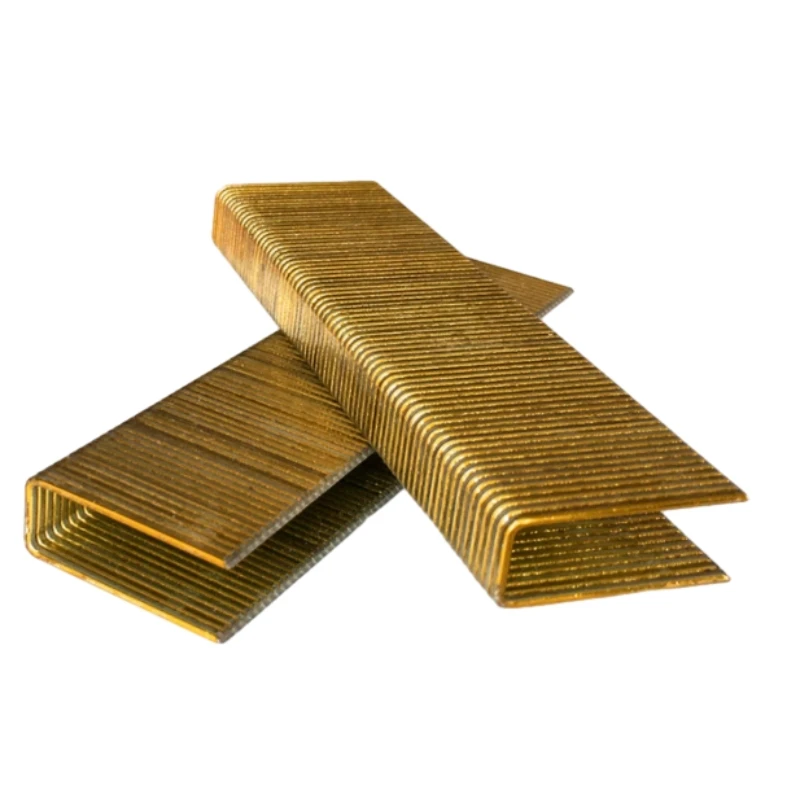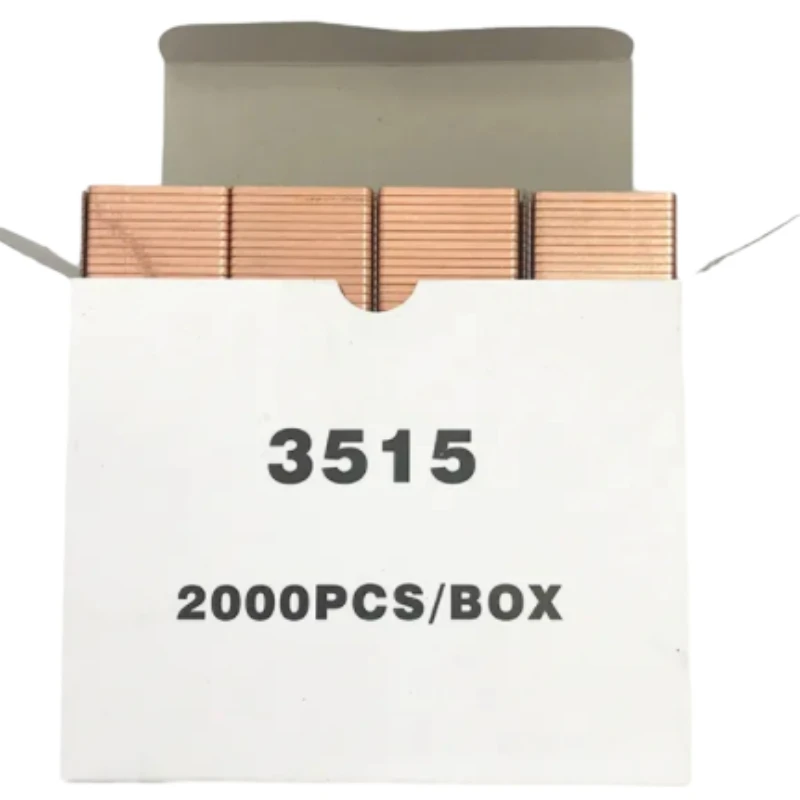Sreang Fáinne Muc
When it comes to fencing, there are several types of hog wire designed to meet different requirements based on strength, durability, and application. The most common types include welded hog wire, woven hog wire, galvanized hog wire, and stainless steel hog wire. Welded hog wire features intersecting wires that are welded at their junctions, providing a rigid and stable structure ideal for straight-line fencing. Woven hog wire, on the other hand, offers greater flexibility and shock absorption, making it suitable for uneven terrain or where livestock pressure may be high.
Galvanized hog wire is coated with zinc to resist rust and corrosion, making it a practical choice for outdoor environments with frequent moisture. However, for the most demanding and corrosive settings—such as coastal areas or industrial farms—stainless steel hog wire is the top-tier option. It offers excellent resistance to rust, high strength, and long-term performance without the need for additional coatings or maintenance. Each type serves a unique purpose, and choosing the right one depends on the specific requirements of the fencing project, the animals being contained, and the expected lifespan of the installation.
Why Choose Stainless Steel Hog Wire For Agricultural Or Industrial Use?
Stainless steel hog wire is an excellent choice for agricultural and industrial fencing applications due to its exceptional durability, resistance to corrosion, and long service life. Unlike standard galvanized or plain steel wire, stainless steel hog wire maintains its integrity even under harsh weather conditions, high humidity, or exposure to chemicals and animal waste. This makes it particularly suitable for coastal farms, dairies, feedlots, and marine environments where other types of hog wire may degrade over time.
Additionally, stainless steel hog wire does not require any coatings or chemical treatments to remain rust-free, making it an environmentally friendly and low-maintenance option. Its strength ensures secure containment for livestock such as pigs, goats, and sheep, preventing them from escaping or damaging the fence. The smooth surface of the wire also reduces the risk of injury to animals, unlike rough or corroded fencing materials. Although stainless steel hog wire may have a higher upfront cost compared to other types of hog wire, its longevity and reduced maintenance make it a cost-effective investment over the long term.
How Do You Select Between Different Types Of Hog Wire?
Choosing the right types of hog wire for your fencing project depends on several factors, including the intended use, environmental conditions, budget, and required lifespan. For basic residential garden fencing or light-duty containment, a standard galvanized hog wire may be sufficient. It offers decent protection against rust and is budget-friendly. For areas that experience high moisture or where rust resistance is a primary concern, stainless steel hog wire is a superior option. It is more expensive, but its long-term durability and minimal maintenance justify the cost.
You should also consider the wire gauge and spacing between the wires. Heavier gauges offer more strength, while tighter spacing is important for smaller animals. Woven hog wire is often better for animals that apply pressure on the fence because it can flex without breaking. Welded types are rigid and suitable for straight runs. Additionally, the aesthetic of the wire may matter in urban or suburban settings—some types of hog wire offer a clean and modern look that integrates well with landscaping. Ultimately, understanding the strengths and limitations of each type ensures you choose the right product for your needs.
Is Stainless Steel Hog Wire Worth the Extra Cost?
Many property owners and farmers often wonder whether stainless steel hog wire is worth the premium price compared to traditional galvanized options. The answer largely depends on the application and environmental exposure. For areas with dry climates and low corrosive elements, standard galvanized hog wire can perform well for many years. However, in more challenging environments—such as coastal regions, areas with acid rain, or farms dealing with chemical runoff—stainless steel hog wire offers unmatched longevity and performance.
The key advantage of stainless steel hog wire lies in its resistance to corrosion and rust, meaning it won’t weaken or break down like galvanized wire eventually does. It also reduces maintenance efforts and expenses over time since there’s no need for repainting or replacing corroded sections. Additionally, it provides a more secure and safer enclosure for livestock due to its consistent strength and smooth surface. Over time, the reduced maintenance, fewer repairs, and extended lifespan often offset the initial higher cost, making stainless steel hog wire a wise long-term investment for both industrial and agricultural use.















































































































